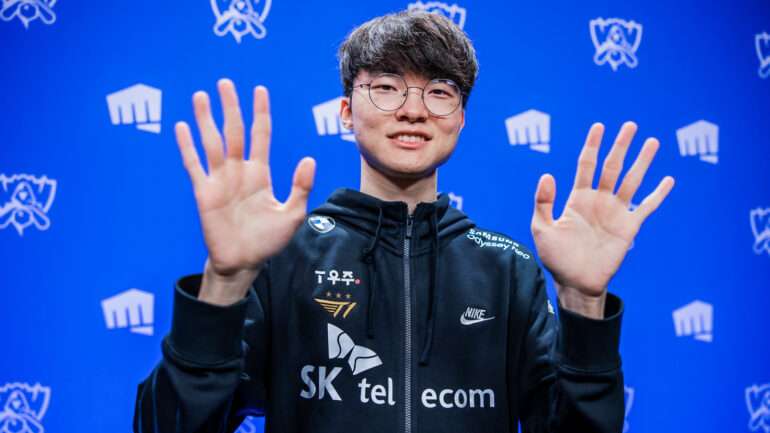In the fast-evolving competitive gaming, individual brilliance often defines iconic moments. From Faker’s legendary mid-lane dominance in League of Legends to s1mple’s jaw-dropping AWP flicks in Counter-Strike: Global Offensive, fans are spoiled with individual greatness. But what if the most elite players across top titles joined forces to form an unstoppable esports superteam?
This hypothetical scenario sends shivers down the spines of fans and analysts alike. Imagine combining lightning-fast reflexes, razor-sharp strategies, and ice-cold decision-making — all in one cohesive unit. A team like this could transcend games, redefine professional standards, and possibly even spark a new era in competitive gaming.
Let’s explore what such a superteam might look like, how they could dominate across titles, and what this means for the global esports ecosystem. Whether you’re a diehard fan or a casual viewer, this “what if” is too epic to ignore.
1. The Superteam Roster: Picking the Best of the Best
Assembling a roster of the world’s top esports athletes is no easy task — especially when each game requires distinct mechanics and strategies. However, certain players have risen above their peers, not only due to skill but also for their versatility and team impact.
- Faker (League of Legends): The undisputed king of LoL, known for his consistency and innovation in the mid-lane.
- s1mple (CS: GO): A mechanical genius with unparalleled aim and game sense.
- Maru (StarCraft II): A strategic mastermind with micromanagement skills that defy belief.
- TenZ (Valorant): A rising superstar combining raw talent with fluid movement and accuracy.
- ZywOo (CS: GO): Often neck-and-neck with s1mple, offering smart, adaptive play.
A superteam featuring these giants would be a synergy of precision, strategy, and pure gaming genius — capable of adapting to any title with some training.

2. Cross-Title Dominance: Could They Compete in Multiple Games?
One burning question remains: Could a superteam dominate across games, or would their skills be limited to their home turf?
While transitioning between titles isn’t easy — the mechanical differences between LoL, CS: GO, Valorant, and StarCraft are massive — top-tier players have shown the ability to adapt rapidly. TenZ, for instance, made a seamless switch from CS: GO to Valorant, becoming a top-tier player in both. Similarly, s1mple’s skills are transferable, thanks to his deep understanding of shooter dynamics and map control.
With the right coaching and time, this esports superteam could potentially compete in multi-game exhibition tournaments. Their sheer talent, work ethic, and understanding of competitive pressure give them a major edge.
3. Branding, Sponsorships, and Global Impact
If the best esports players ever joined forces, the commercial implications would be enormous. From a branding perspective, this team would become a global powerhouse. Think of them as the esports equivalent of the Harlem Globetrotters — only hyper-competitive.
Top-tier sponsors like Red Bull, Nike, or Logitech would scramble to be affiliated with such a dream team. Livestream numbers would break records, merchandising would go through the roof, and content creation would thrive on platforms like Twitch and YouTube.
Additionally, the team’s existence could inspire the next generation of players. Seeing the GOATs unite wouldn’t just entertain — it would legitimize esports further as a global sport, drawing in new fans and possibly influencing mainstream media coverage and Olympic inclusion.

4. Challenges and Pitfalls of an Esports Superteam
Of course, even the most exciting ideas come with significant challenges. Superteams don’t always translate to success — chemistry, ego management, and communication are key. Each player is used to being the focal point of their team. Bringing them together could create internal conflict unless there’s strong leadership and clear roles.
Another obstacle is scheduling and game-specific training. Competing in multiple games at the highest level would demand immense time and effort, potentially leading to burnout or underperformance.
Then, there’s the question of synergy. In team-based games like LoL or CS: GO, coordination matters more than raw skill. Without shared experience and compatible play styles, even the most talented players can struggle.
Despite these hurdles, the idea remains tantalizing — and not entirely impossible with the right vision and structure.




